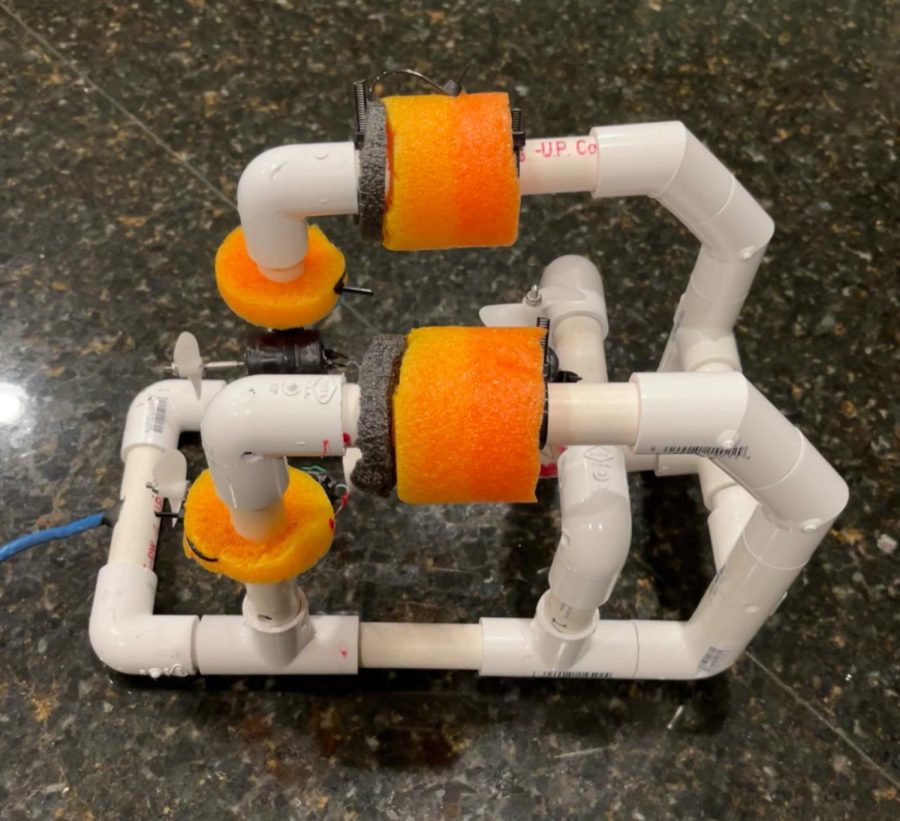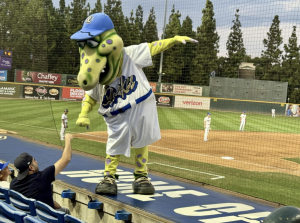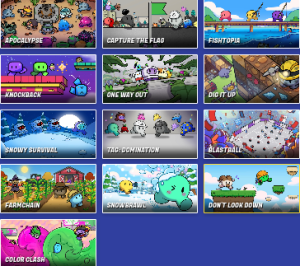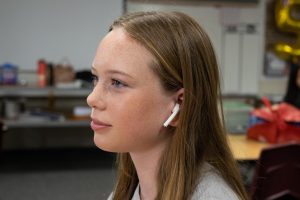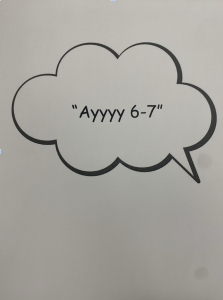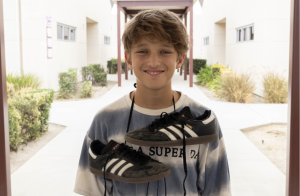Paving the Way to the U.S. Navy
A photo of the aquatic robot Luke L. created for his SeaPerch competition.
May 24, 2023
Seventh-grader Luke Lopez has dreamed of being a fighter pilot in the Navy since he was nine-years-old. He grew up attending air shows, including one memorable performance: a demo of two fighter planes in a simulated dogfight. Having been exposed to this high flying environment, Luke realized his desire early on to be a part of the military. Throughout his life, he’s been taking steps to achieve his goal by devoting much of his time toward studying what it means to be in the Navy.
Luke was inspired to join a junior organization to develop the comradery and connection through the U.S. Navy Sea Cadets. “There is a brotherly bond that you form in the military that will never ever drop,” he said.
He is currently a non-commissioned officer, or NCO, in the Navy’s senior youth development program. The Sea Cadets offer multiple growth opportunities including the SeaPerch Challenge.
This program engages students in science, engineering, collaboration and robotic assembly. This project engages teens in providing life skills including teamwork, overcoming difficult challenges, and employing innovative thinking and problem-solving techniques.
According to seaperch.org, over 250,000 students participate in the program each year in competitions, training sessions and activities.
“It’s been really fun. I’ve done a lot of things that I never thought I’d do in my life,” Luke said.
The annual SeaPerch challenge is solely for teams that have been personally invited in response to success in regional competitions. Competitors are faced with several challenges. Teams work together to figure out the shape, size, and power of their devices.
In 2022, Luke and his partner built an aquatic robot, which navigated an obstacle course faster than any other competing team. It maneuvered through five obstacles, including multiple hoops. Once the robot reached the top, it reversed course and completed each obstacle once more.
“I have been doing SeaPerch for two years now. Last year, I competed at the University of Maryland. There were around 500 teams, and it is going to be there again this year in two weeks,” Luke said.
Though he was familiar with last year’s course, Luke had no clue what to expect this time as the SeaPerch Competition changes its course each year. He and his team worked diligently in preparation for this year’s challenge. Though Luke and his team had their design, it wasn’t as simple to create as one might expect.
“We created five devices in order to get to the last one, and it took around three months to finish the final SeaPerch. Our official design has a rounded front and it’s neutrally buoyant,” he said.
On May 13, Luke participated in his second national SeaPerch competition. Unfortunately, his team didn’t place, but they discovered new concepts they hope to implement for next year’s challenge.
“Many of them were light and small, making them more hydrodynamic,” Luke said, “Our SeaPerch was large and heavy, which created a lot of drag and slowed us down. The other teams had quicker turn times, which made it easier to maneuver.”
Luke plans to continue to learn about the Navy in hopes of success in next year’s competition as well as the pursuit of a successful future in the military. His experience in this SeaPerch, along with being a U.S. Navy Sea Cadet, has introduced him to new experiences and changed his life ways he never thought possible.

